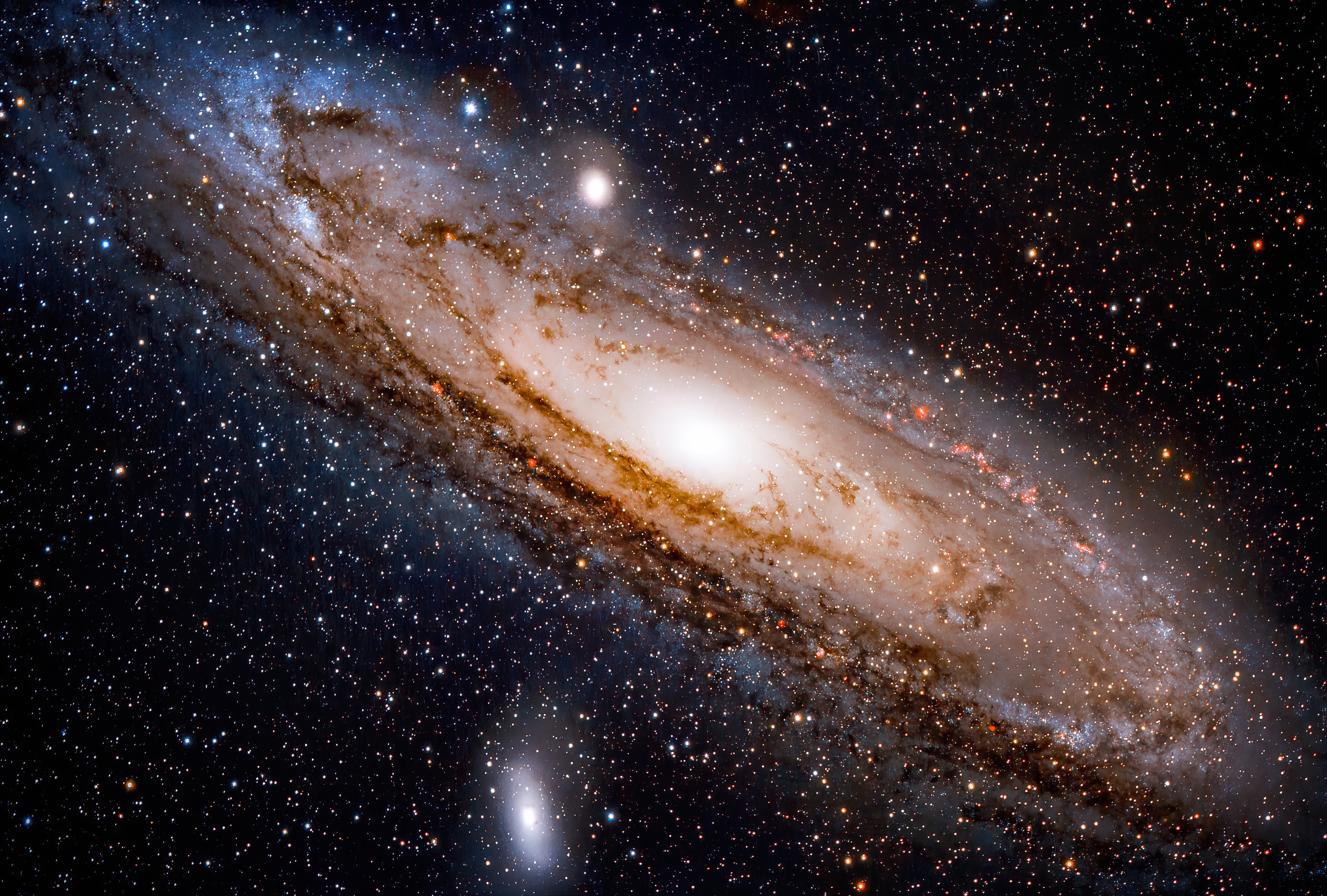Mystery of ‘double galaxy’ that stumped scientists for years finally solved
The strange objects were eventually found to be stretched images of a distant galaxy more than 11 billion light-years away

Your support helps us to tell the story
From reproductive rights to climate change to Big Tech, The Independent is on the ground when the story is developing. Whether it's investigating the financials of Elon Musk's pro-Trump PAC or producing our latest documentary, 'The A Word', which shines a light on the American women fighting for reproductive rights, we know how important it is to parse out the facts from the messaging.
At such a critical moment in US history, we need reporters on the ground. Your donation allows us to keep sending journalists to speak to both sides of the story.
The Independent is trusted by Americans across the entire political spectrum. And unlike many other quality news outlets, we choose not to lock Americans out of our reporting and analysis with paywalls. We believe quality journalism should be available to everyone, paid for by those who can afford it.
Your support makes all the difference.Astronomers have revealed the truth about a mysterious ‘double’ galaxy that left them “stumped” when it was first discovered.
Nasa’s Hubble Space telescope discovered the two galaxy bulges that were mirror images of each other, with another strange object nearby.
"We were really stumped," said astronomer Timothy Hamilton of Shawnee State University in Portsmouth, Ohio.
The linear objects were eventually found to be stretched images of a distant galaxy more than 11 billion light-years away.
The images were warped because of a previously-undiscovered cluster of galaxies that were magnifying, brightening, and stretching the image of the galaxy behind it (known as gravitational lensing) due to their immense mass and the subsequent effect on spacetime.

In this specific, rare, case, the precise alignment between the background and foreground galaxy produced twin magnified copies of the same image – with another, third, image to one side.
"Think of the rippled surface of a swimming pool on a sunny day, showing patterns of bright light on the bottom of the pool," Richard Griffiths of the University of Hawaii explains.
"These bright patterns on the bottom are caused by a similar kind of effect as gravitational lensing. The ripples on the surface act as partial lenses and focus sunlight into bright squiggly patterns on the bottom."
When Hamilton first discovered these objects in 2013, it was unclear what they were. "My first thought was that maybe they were interacting galaxies with tidally stretched-out arms," Hamilton said. "It didn’t really fit well, but I didn’t know what else to think."
Eventually, the scientists discovered the strange cluster of galaxies causing the magnification and determined the distance of the strange objects – which was eventually discovered to be the same galaxy – using spectroscopic measurements from the Gemini and W. M. Keck observatories.
Using specialised computer software, they found that the dark matter around the stretched images had to be ‘smoothly’ distributed in space at small scales. "It’s great that we only need two mirror images in order to get the scale of how clumpy or not dark matter can be at these positions," Jenny Wagner of the University of Heidelberg in Germany, and an expert in gravitational lensing theory, said.
"Here, we don’t use any lens models. We just take the observables of the multiple images and the fact they can be transformed into one another. They can be folded into one another by our method. This already gives us an idea of how smooth the dark matter needs to be at these two positions."
Astronomers still do not know what dark matter is, even though it has been nearly 100 years since its discovery, but the “significance of the limits of size on the clumping or smoothness is that it gives us some clues as to what the [constituent] particle [of dark matter] might be”, Griffiths said, adding that “the smaller the dark matter clumps, the more massive the particles must be.”
Join our commenting forum
Join thought-provoking conversations, follow other Independent readers and see their replies
Comments